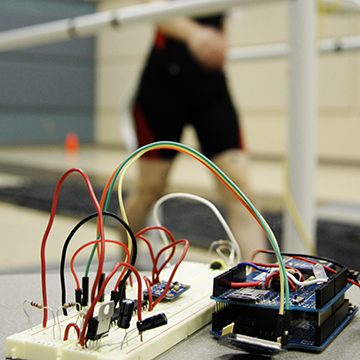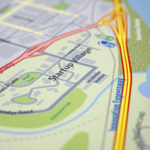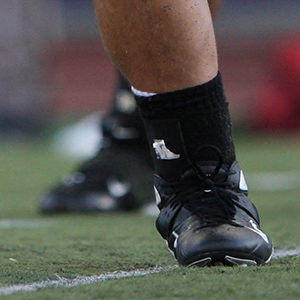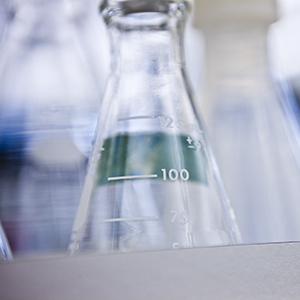by Joe Runge, UNeMed | July 31, 2014
In the future, your smartphone will be able to detect your elevated risk of Parkinson’s disease, years before any conventional test reveals similar risks.
Athletes will get clear answers before returning to play after a concussion. Patients suffering from respiratory disorders will get advanced warnings of breathing difficulty. .
Biomechanics at UNeMed
Technology under development at Dr. Nick Stergiou’s biomechanics facility at the University of Nebraska at Omaha.
• Chaotic Music for Exercise: Chaotic or fractal music is created by varying the length between beats using non-linear or chaotic algorithms. Dr. Stergiou’s laboratory published results showing that when patients performed physical activity in time with music that had the beats changed to become chaotic then those patients showed significant improvement in gait stability. UNeMed is currently seeking a partner to develop a chaotic music application for smartphones that utilizes Dr. Stergiou’s custom algorithms. The application will generate chaotic music, determine a user’s gait stability, and work to rehabilitate gait stability by prompting a user to move in time with the chaotic music.
• Gait Analysis for Fall Risk: Gait analysis is an established field for analyzing disorders in how patients walk. Gait has enormous potential as a diagnostic tool for neurodegenerative, cardiopulmonary and other disorders. Dr. Stergiou’s laboratory invented an ultra-lite, wireless gait analysis device and custom analytics to measure when gait biorhythms are pathologic. UNeMed seeks a partner willing to fund a study to test the gait analysis platform for fall detection in two settings: the fall clinic at a regional hospital and at the University of Nebraska Medical Center’s Gerontology department. The system will enable a hospital-based service that can objectively measure fall risk for any patient so that they are released to the appropriate level of care.
• Postural Stability for Concussion Recovery: Postural stability is the ubiquitous micro corrections healthy people make when the stand – minute changes in a person’s center of balance. Dr. Stergiou published results showing that biomechanical analysis of postural stability reliably detects when football players receive and recover from concussions. Postural stability shows further potential to develop additional products that analyze patients for traumatic brain injury or other neurocognitive diseases. UNeMed seeks a partner to stand up a stoftware as a service company to deliver analysis of postural stability in hospitals, sports clinics, as well as professional and amateur sports teams.
The future will be made possible by biomechanics. It is next big thing in medical diagnostics
Even the most elementary functions of your body involve the coordination of incredibly complex systems. Just walking and breathing combine a sophisticated control of muscles, nerves, circulation and other systems.
When one of those systems is in the early stage of disease, it effects biomechanics. Your gait, balance or breathing changes.
The effect is invisible without complex computer analysis, which makes biomechanics a big-data problem. The future is here due to the convergence of many technologies.
Improved sensors make it possible to accurately measure biomechanics using simple things like pedometers or cell phone cameras. More powerful computing makes it possible to analyze biomechanics with complex algorithms. The internet allows a remote sensor, like the accelerometer on your smartphone, to measure your walking and upload it to a remote server for sophisticated analysis.
Biomechanics can detect a disease in its earliest stages, before patients are otherwise symptomatic. It utilizes existing and inexpensive equipment off the shelf or already in your pocket. More than 100 peer reviewed studies have demonstrated biomechanical analysis can detect early stage diseases—neurodegenerative, cardiovascular, pulmonary and traumatic brain injury—and biomechanical analysis will become even more sensitive and specific.
Biomechanics is everything the healthcare system needs right now. A data center, connected to thousands of smartphones that measures steps, breaths and heartbeats looks for otherwise invisible changes in those biorhythms consistent with disease.
If those changes are present then the user receives a warning or his doctor receives an alert. Biomechanics allows for extreme early diagnosis or real-time improved monitoring of diseases.
Biomechanical analysis is 21st century healthcare: internet enabled and personalized for your smartphone. It diagnoses, stages and manages a variety of diseases inexpensively, accurately and using the existing infrastructure of the internet.











[…] 6. The next big thing: Biomechanics and your smartphone […]